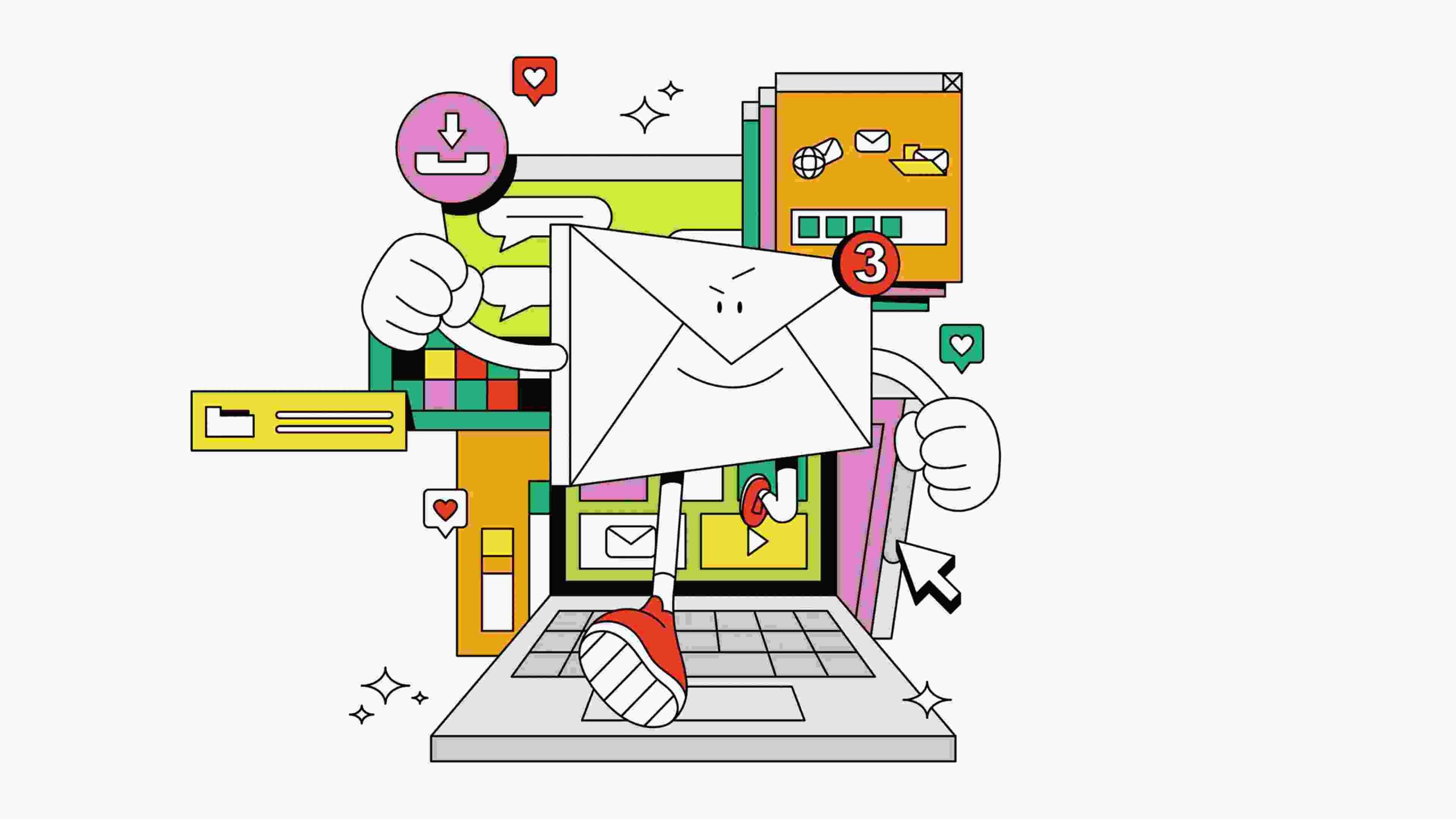- | 8:00 am
Here’s how AI is changing workers relationship with data
AI is transforming how we work and the technology depends on three components: algorithms, computing power, and data.

AI won’t just transform the way we work as people; it will also alter the dynamics and organization of industries. The business models of entire fields will be upended. The organizations that come out on top will be those that are best at creating a positive feedback loop between people, data, and AI. Each of these elements will be critical. People will still matter. Employees will need to help create and curate the data that will train AI, which in turn will help people become more efficient and successful. The businesses that can establish this feedback loop and run it fastest will outcompete the rest. The key for most companies will be figuring out how to turn not just knowledge but also experience and wisdom into data, and then that data into insight.
AI depends on three components: algorithms, computing power, and data. But apart from some large technology firms and savvy AI start-ups,companies will not create their own algorithms. They will depend on a handful of algorithms developed and sold by tech firms, or that are avail- able for free through open-source purveyors such as Hugging Face. Computing power won’t be a differentiator either: Most have access to the same kinds of data center servers run by the biggest tech companies. No, for most companies, competitive advantage will come from its unique data.
Access to proprietary data will be increasingly important. Intellectual property falls into this category. Disney has access to its vast catalog of films; The New York Times has more than 150 years of archived articles; Pfizer has its decades of drug R&D and clinical trials. But for most companies, the biggest source of proprietary information is customer data. For much of the 2010s, data that would allow companies to serve people with targeted advertising was commoditized by specialized brokers, who pooled data taken from tracking cookies on internet sites and mobile phone operators and sold it to the highest bidder. But privacy rules introduced since 2021 have made this tracking far more difficult and increased the value of the data that companies collect on their own customers. And, as we will see, AI can also help turn data generated by a company’s own employees into an increasingly important competitive advantage.
For years, the holy grail for many businesses has been mass customization—creating a bespoke product or service for each customer while maintaining a large customer base and the economies of scale that come from serving it. Even businesses that sell a relatively standard product line dream of tailoring their marketing efforts for each customer. Now, AI is rapidly making this possible.
Domino’s Pizza in Mexico, for example, traditionally used advertising on television, radio, in newspapers, and even online that targeted customers in an undifferentiated way. There’s an old adage in advertising that half of an ad budget is wasted, you just don’t know which half. Which customers were most likely to convert into a pizza buyer on a Tuesday night? What time would they be most hungry? And what was the best message to send them? Domino’s had no idea. It collected lots of data on its customers, but didn’t know how to analyze it.
Then Domino’s Mexico began feeding the data to Segment, a customer data analysis platform owned by the San Francisco–based tech company Twilio. Segment grouped Domino’s customers into several buckets and, using AI, offered predictions of the best messages, best medium, and best times to reach out to people. As a result, Domino’s Mexico saw a 700 percent increase in the return on its Google ad spending and cut customer acquisition costs by 65 percent, while increasing customer retention.
AI enables companies to dice their customer base into more and more finely graded segments. Intuit, which makes TurboTax and QuickBooks, used AI to change the way it segmented the audience for its tax software from basically three big buckets into 450 different audiences, which each received more tailored marketing. Engagement with those messages leaped from 20 percent to 50 percent. The limiting factor is no longer how precisely the audience can be targeted—instead it is the ability to produce truly personalized messages for each customer. Generative AI software that can write endless bespoke marketing messages is enabling this kind of marketing. The only issue, according to Jeff Lawson, Twilio’s founder and former chief executive, is how much quality control a company can retain over the messages. Because of LLMs’ unreliability, companies will probably not go so far as to use different marketing tactics for every customer. But they will increasingly have hundreds of segments, where they once had a dozen at most, and will see big gains in sales and reductions in wasted marketing costs.
From MASTERING AI by Jeremy Kahn. Copyright © 2024 by Jeremy Kahn. Excerpted with permission by Simon & Schuster, a Division of Simon & Schuster, Inc.







































